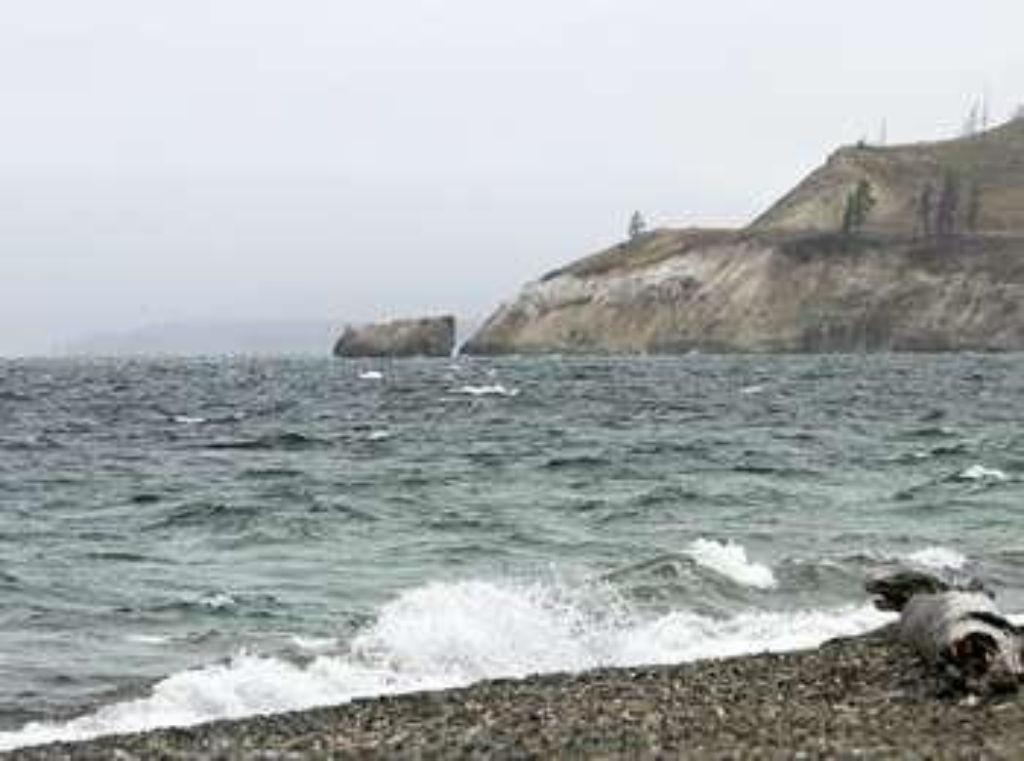
Yellowstone Lake is the largest lake at high elevation (above 7,000 feet) in North America.
The lake is natural and has 131.7 square miles of surface area and 141 miles of shoreline; it is 20 miles long by 14 miles wide. Its deepest spot is about 410 feet; its average depth is 140 feet. The lake’s basin has an estimated capacity of 12,095,264 acre-feet of water. Because its annual outflow is about 1,100,000 acre-feet, the lake’s water is completely replaced only about every eight to ten years. Since 1952, the annual water level fluctuation has been less than six feet.
Swimming and Soaking
Swimming is not recommended in Yellowstone, and is occasionally prohibited, because most lakes and streams are dangerously cold. Firehole Canyon, near Madison Junction, has a swimming area popular in summer.
During late summer, Yellowstone Lake becomes thermally stratified with several water layers having different temperatures. The topmost layer rarely exceeds 66°F, and the lower layers are much colder.
Because of the extremely cold water, survival time for anyone in the lake is estimated to be only 20 to 30 minutes. In winter, ice thickness on Yellowstone Lake varies from a few inches to more than two feet with many feet of snow on top of the ice.
Anticipate Potential Hazards
- Observe safe distances and settings for selfies.
- Stay behind fencing, guard rails, and ledges.
- Use caution; park waters are cold and fast.
- Show patience and courtesy to other people.
You are responsible for your safety.
Think Safety, Act Safely. Yellowstone is a Dangerous Place.
Is there something we missed for this itinerary?
Itineraries across USA


















































